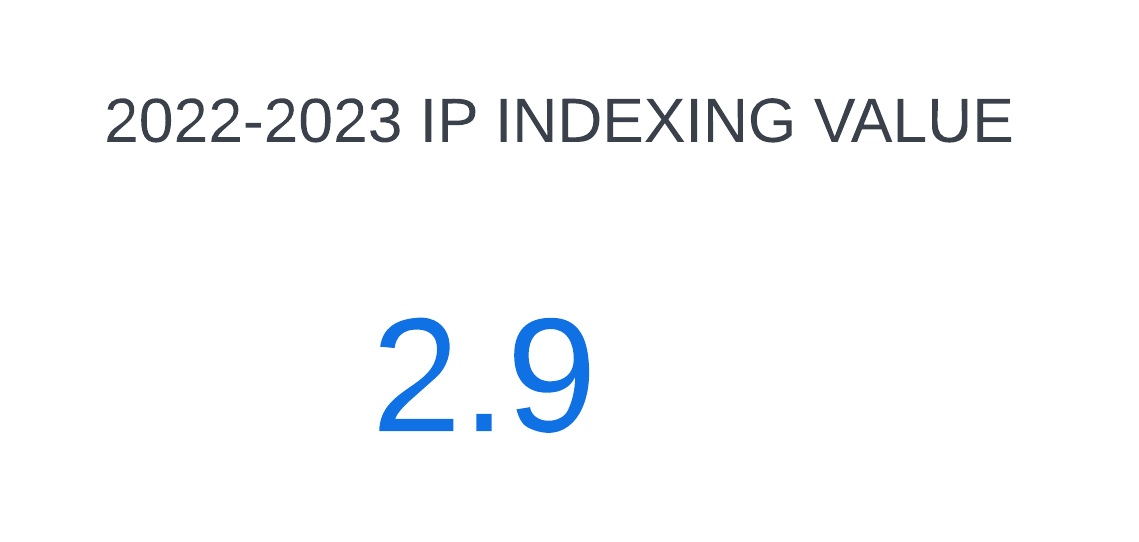Impact of Interest Rates on the Stock Market with Smart City Environment
DOI:
https://doi.org/10.69996/jsihs.2024019Keywords:
Smart City, Stock Market, Classification, Intelligent Marketing, Internet of Things(IoT)Abstract
A Smart City Stock Market refers to a modern, innovative financial market where stocks and assets related to the development of smart cities are traded. This market focuses on companies that are involved in the creation and maintenance of smart city infrastructure, which includes technologies like IoT (Internet of Things), renewable energy, autonomous vehicles, green buildings, and smart grids. The rise of smart cities, which use technology to improve the quality of urban living, presents investment opportunities for stocks tied to sectors such as urban mobility, sustainable energy, data analytics, and smart infrastructure. This paper examines the impact of smart city development on stock market trends, focusing on key economic factors such as GDP growth, technology adoption, interest rates, and investor sentiment. Using a classification model, we analyze six distinct scenarios during the development stages of smart cities, with numerical values for each factor. Scenario 1, representing the pre-development phase, shows a 5% GDP growth, 40% technology adoption, and 8% interest rate, leading to neutral stock price growth at 5%. As development progresses, scenarios 2 and 3 (initial and during development) show improved GDP growth (6% and 7%, respectively), increased technology adoption (50% and 60%), and lower interest rates (7% and 6%), resulting in a rise in stock price growth (10% and 15%). Post-development (Scenario 4) yields the highest values, with an 8% GDP growth, 70% technology adoption, and 5% interest rate, resulting in 20% stock price growth. Conversely, economic downturns (Scenario 5) lead to a 3% GDP growth, 30% technology adoption, and 9% interest rate, resulting in a negative growth of -5%. Finally, stagnant development (Scenario 6) sees a 4% GDP growth, 35% technology adoption, and 8% interest rate, with minimal stock price growth of 2%. The results demonstrate a clear trend: as smart cities evolve and economic conditions improve, stock market performance tends to become more positive, underscoring the importance of economic and technological factors in shaping future market dynamics.
References
[1]J. Wang and G. Medvegy, “Exploration of the future of the metaverse and smart cities,” ICEB 2022 Proceedings, Bangkok, Thailand, 2022.
[2] Venkateswarlu Chandu, Archi Agarwal, Tummala Likhitha, Bindu sri Datla and Rubi Shagufta, “Prediction Arima Model-based Investor’s Perception On Stock Market Apps,” Journal of Computer Allied Intelligence, vol.2, no.5, 2024.
[3] M. Andejany, A. Malik, W. Ahmad, D.A.M. Alharbi, D. S. Umar et al., “Transformation of Urban Cities To Sustainable Smart Cities-Challenges and Opportunities Faced By Saudi Arabia,” Journal of Theoretical and Applied Information Technology, vol.101, no.21, pp.6663-6676, 2023.
[4] P. Garcês, C. P., Pires, J. Costa, S.F. Jorge, M. Catalão-Lopes and A. Alventosa, “Disentangling Housing Supply to Shift towards Smart Cities: Analysing Theoretical and Empirical Studies,” Smart Cities, vol.5, no.4, pp.1488-1507, 2022.
[5] N. Ramana and E. Hari Krishna, “Intrusion Detection System Fog Security Model for the Smart Cities and Urban Sensing,” Journal of Sensors, IoT & Health Sciences, vol.1, no.1, pp.51-63, 2023.
[6] P. Chen, “The impact of smart city pilots on corporate total factor productivity,” Environmental Science and Pollution Research, vol.29, no.55, pp.83155-83168, 2022.
[7] Y. Xu, W. Liu, T. He and S.B. Tsai, “Buzzword or fuzzword: an event study of the metaverse in the Chinese stock market,” Internet Research, vol.34, no.1, pp.174-194, 2023.
[8] M. Aslam, M.A. Khan Abbasi, T. Khalid, R.U. Shan, S. Ullah et al., “Getting smarter about smart cities: Improving data security and privacy through compliance,” Sensors, vol.22, no.23, pp.9338, 2022.
[9] S.A.A Bokhari and S. Myeong, “Use of artificial intelligence in smart cities for smart decisionmaking: A social innovation perspective,” Sustainability, vol.14, no.2, pp.620, 2022.
[10] J. Ewani, W. Bitala, V. Lotisa and I. Browndi, “Smart city and future of urban planning based on predictive analysis by adoption of information technology,” Journal of Basis Applied Science and Management System, vol.4, no.2022, pp.425-431, 2022.
[11] X. Fu, “Research on artificial intelligence classification and statistical methods of financial data in smart cities,” Computational Intelligence and Neuroscience, vol.2022, no.1, pp.9965427, 2022.
[12] Y. Cao, Y. Hu, Q. Liu, M. Lu and Y. Shan, “Job creation or disruption? Unraveling the effects of smart city construction on corporate employment in China,” Technological Forecasting and Social Change, vol.195, pp.122783, 2023.
[13] Y. Zhou, F. Xiao and W. Deng, “Is smart city a slogan? Evidence from China,” Asian Geographer, vol.40, no.2, pp.185-202, 2023.
[14] A. Yue, C. Mao, L. Chen, Z. Liu, C. Zhang and Z. Li, “Detecting changes in perceptions towards smart city on Chinese social media: A text mining and sentiment analysis,” Buildings, vol.12, no.8, pp.1182, 2022.
[15] A. U. Rahman, S. Abbas, M. Gollapalli, R. Ahmed, S. Aftab et al., “Rainfall prediction system using machine learning fusion for smart cities,” Sensors, vol.22, no.9, pp.3504, 2022.
[16] O. Dashkevych and B.A. Portnov, “Human-centric, sustainability-driven approach to ranking smart cities worldwide,” Technology in Society, vol.74, pp.102296, 2023.
[17] M. Kansal, P. Singh, S. Shukla and S. Srivastava, “A Comparative Study of Machine Learning Models for House Price Prediction and Analysis in Smart Cities,” In International Conference on Electronic Governance with Emerging Technologies, pp. 168-184, 2023.
Downloads
Published
Issue
Section
License
Copyright (c) 2024 Journal of Sensors, IoT & Health Sciences (JSIHS,ISSN: 2584-2560)

This work is licensed under a Creative Commons Attribution-NonCommercial 4.0 International License.
Fringe Global Scientific Press publishes all the papers under a Creative Commons Attribution-Non-Commercial 4.0 International (CC BY-NC 4.0) (https://creativecommons.org/licenses/by-nc/4.0/) license. Authors have the liberty to replicate and distribute their work. Authors have the ability to use either the whole or a portion of their piece in compilations or other publications that include their own work. Please see the licensing terms for more information on reusing the work.


